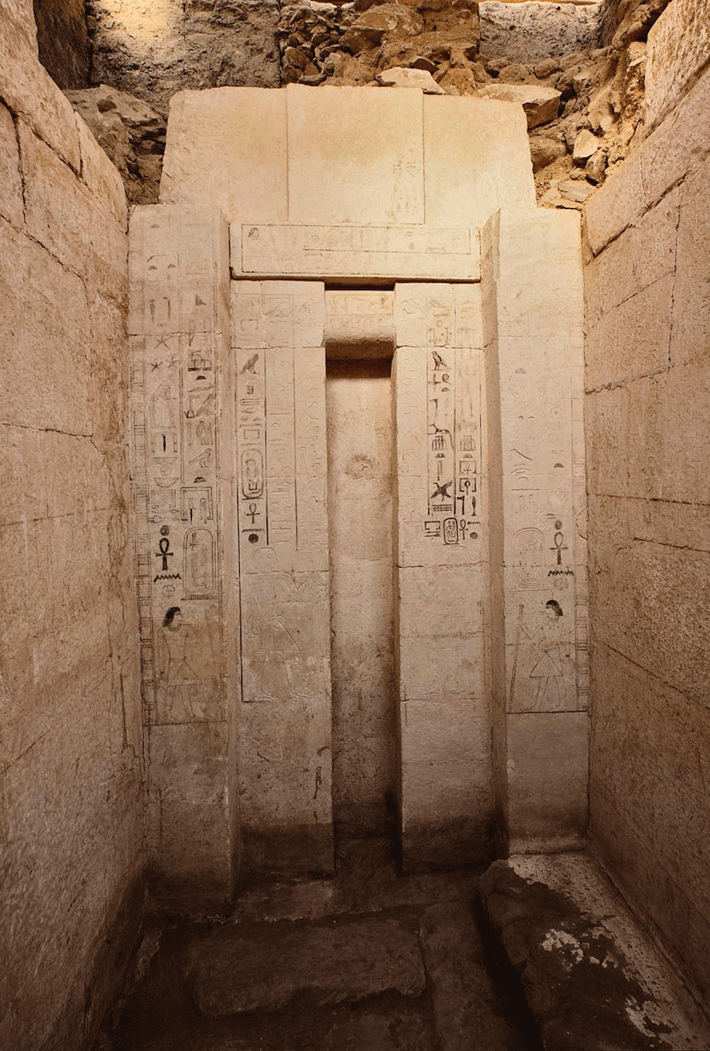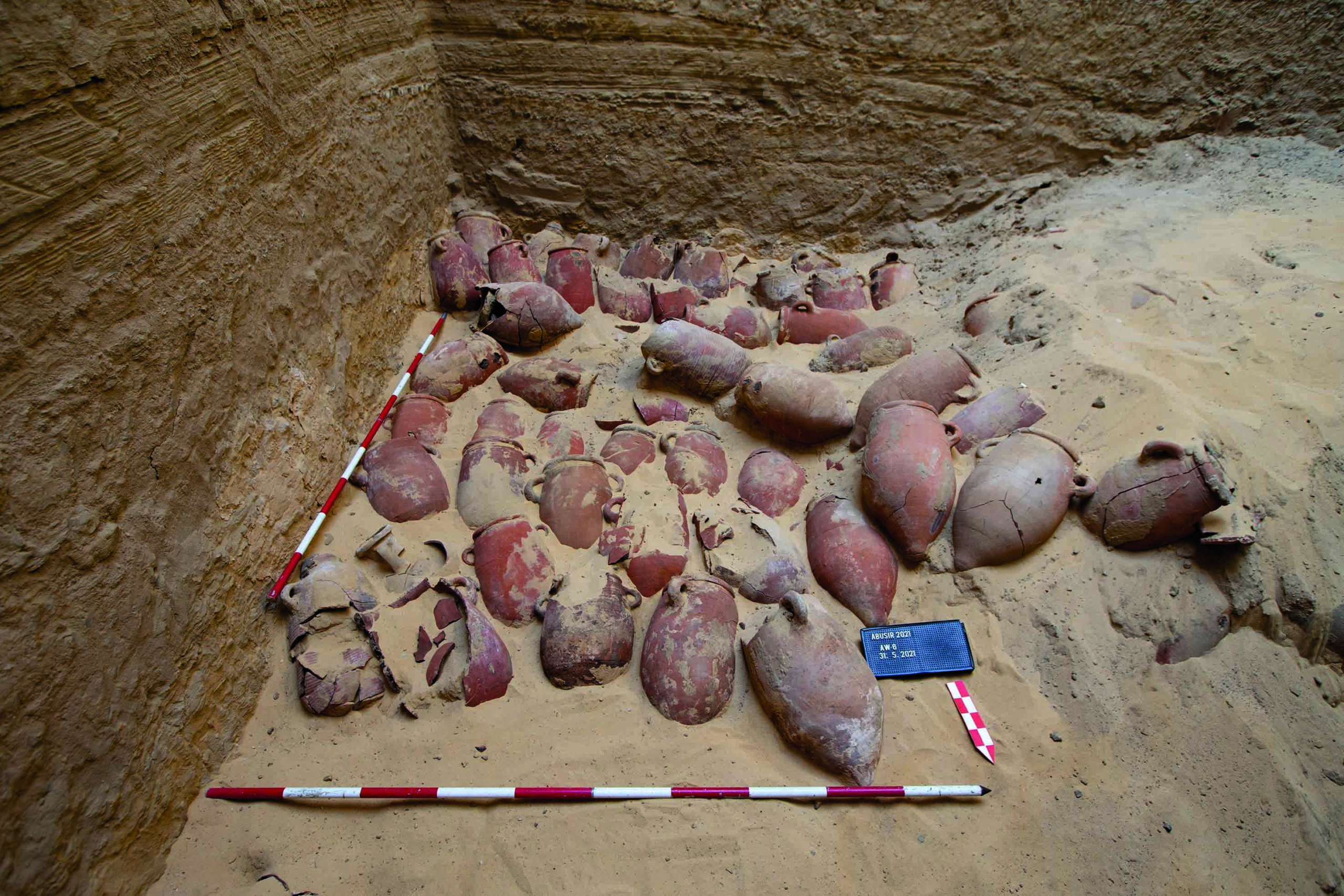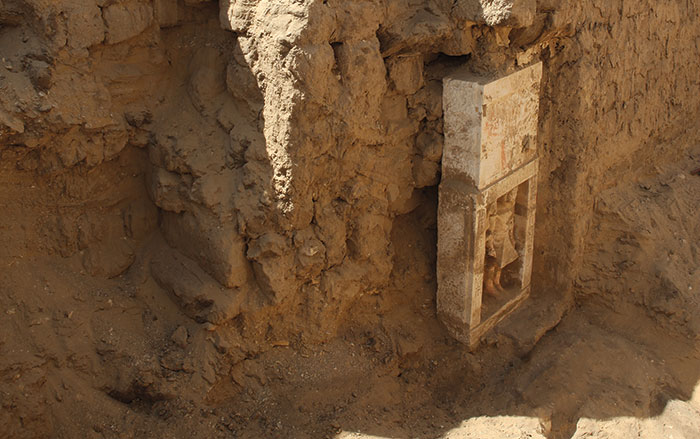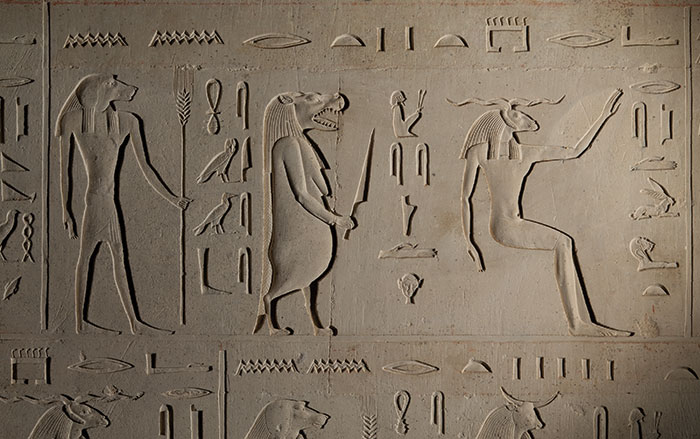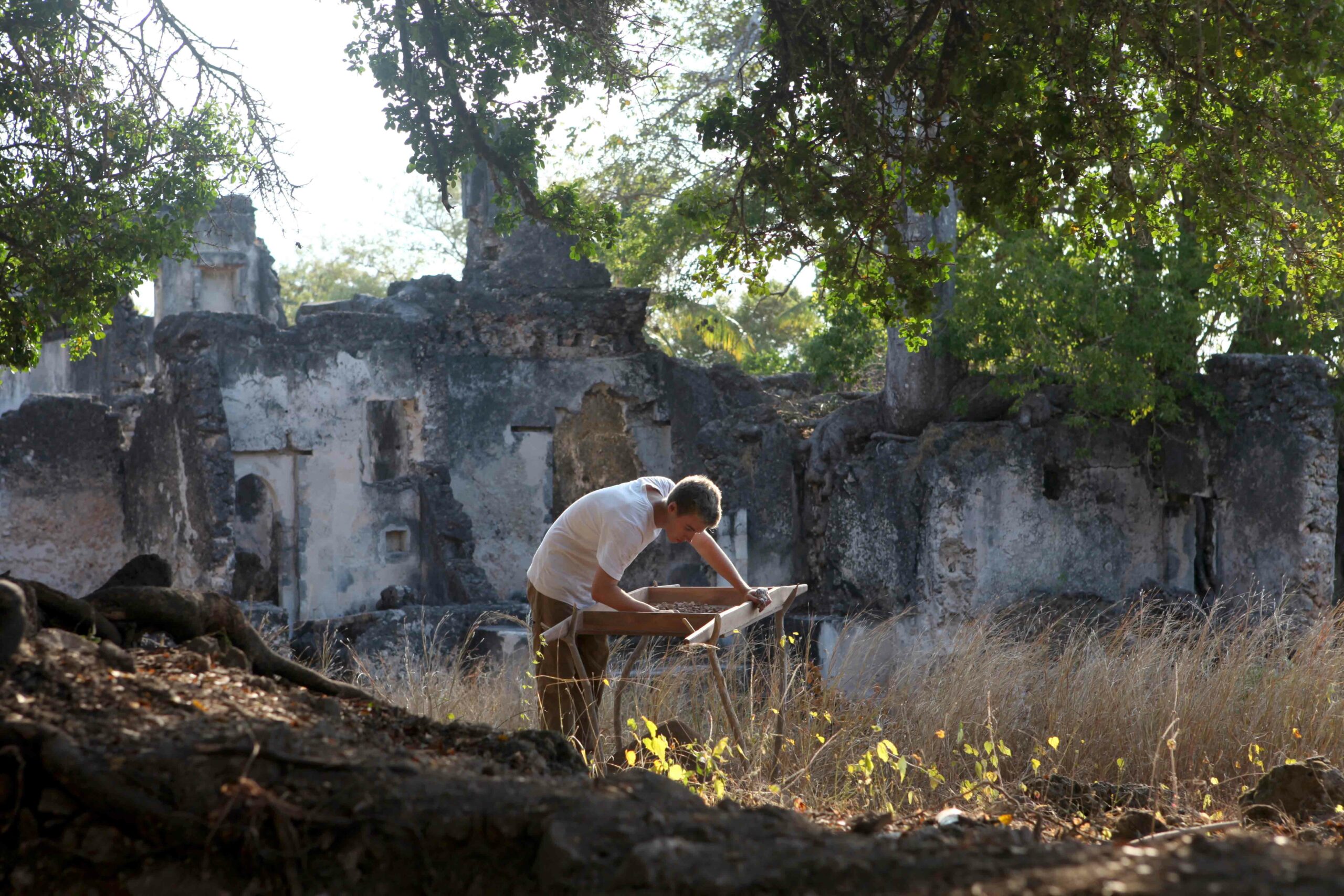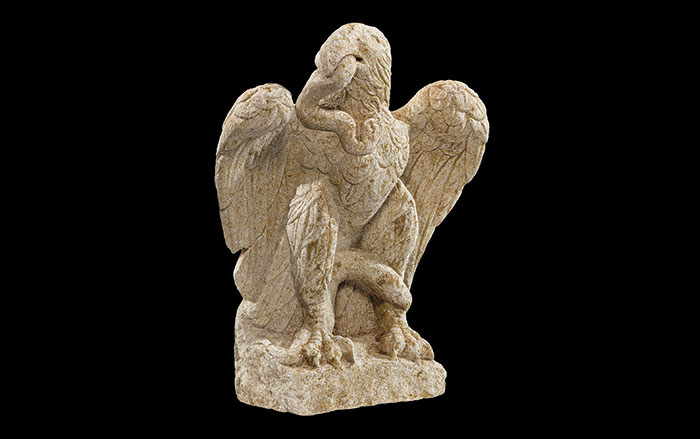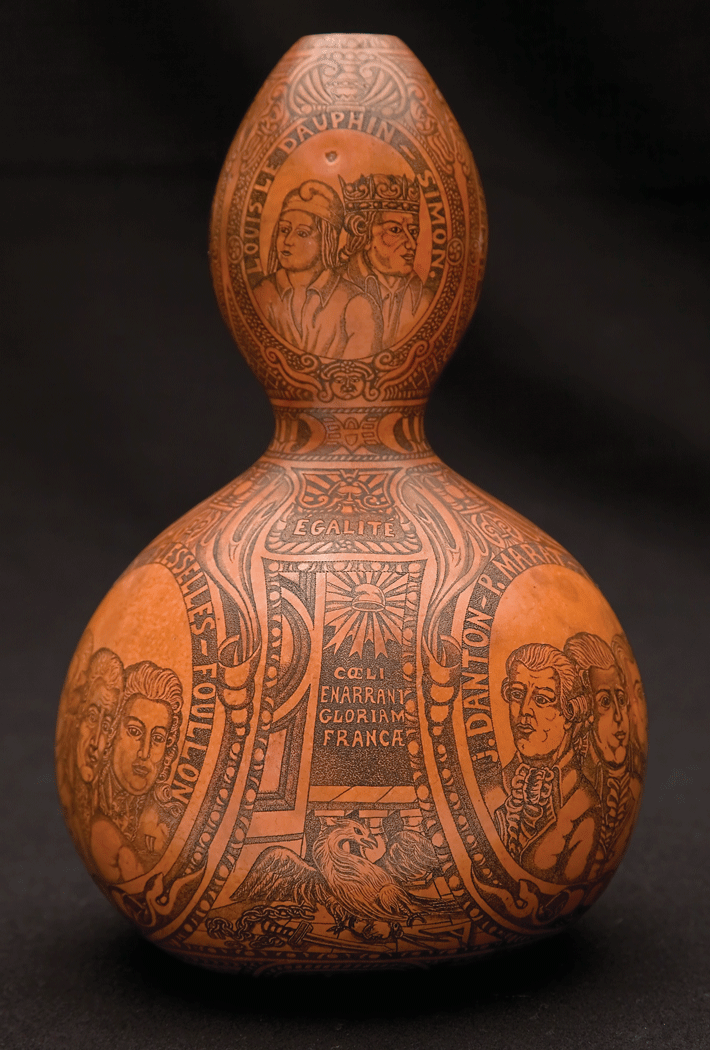
A Czech team investigating the site of Abusir, a necropolis 15 miles south of Cairo, discovered the tomb of a royal physician dating back to the twenty-fourth century B.C. The doctor, Shepseskafankh, was a key member of the court of Niuserre, and his 2,500-square-foot limestone tomb contains a chapel and seven underground chambers, previously looted, where he and his family were interred.
The most significant artifact found in the tomb was an 11.5-foot stela, or, as the archaeologists refer to it, a “false door,” on which were inscribed several titles that Shepseskafankh held. They included Priest of Re in the Temples of the Sun and Priest of Khnum. According to the excavation’s leader, Miroslav Bárta of the Czech Institute of Egyptology, Shepseskafankh was also known as “overseer of drugs of the Great House,” meaning he was the official doctor and pharmacist of the royal family.
Bárta notes that Abusir likely contains dozens of large tombs erected for many high-ranking members of ancient Egypt’s 5th Dynasty. Officials of the 4th Dynasty are interred in Giza, whereas those of the 6th are at Saqqara. “The discovery of the tomb of Shepseskafankh,” says Bárta, “shows above all how rich the potential of the sites on the pyramid fields is.”


